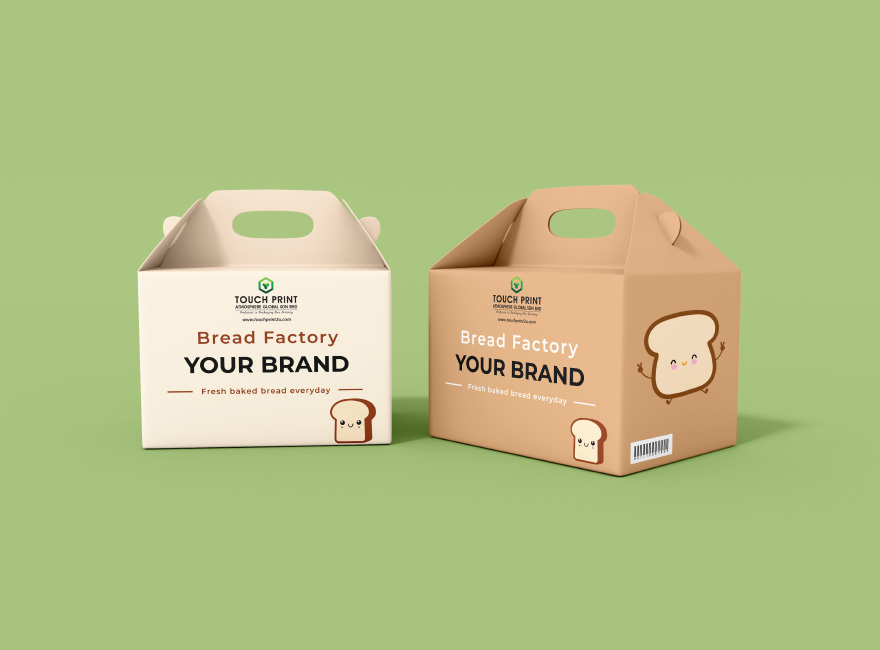In today’s world, ensuring the safety of product packaging is crucial. Whether you are involved in food, pharmaceuticals, or consumer goods, understanding how to test packaging safety can prevent potential hazards and build trust with your customers. Proper packaging not only preserves the quality of the product but also safeguards consumers from potential risks.

Understanding the Importance of Packaging Safety
Packaging serves as the first line of defense for any product. It protects the product from damage, contamination, and deterioration. Ensuring packaging safety is not just about compliance with regulations but also about maintaining consumer trust. Unsafe packaging can lead to health risks, financial losses, and reputational damage.
Key Elements in Packaging Safety Testing
1. Material Selection
Choosing the right material is the first step in packaging safety testing. Materials should be durable, non-toxic, and suitable for the product type. For example, food packaging should be free from harmful chemicals and meet food-grade standards.
2. Structural Integrity
Testing the structural integrity of packaging ensures it can withstand physical stress during handling and transportation. Drop tests, compression tests, and vibration tests are common methods used to evaluate structural integrity.
3. Barrier Properties
Barrier properties of packaging materials determine their ability to protect the product from external factors such as moisture, oxygen, and light. Testing these properties helps in selecting the right material for packaging sensitive products.
Methods of Testing Packaging Safety
1. Chemical Testing
Chemical testing identifies potential contaminants that may leach from packaging materials into the product. It’s essential for ensuring that packaging materials are safe for use, especially in food and pharmaceuticals.
2. Microbiological Testing
Microbiological testing assesses the packaging’s ability to prevent microbial contamination. This is particularly important for food products, where contamination can lead to spoilage and health risks.
3. Physical Testing
Physical tests evaluate the durability and strength of packaging under various conditions. Tests such as tensile strength, puncture resistance, and tear strength are crucial for ensuring packaging can withstand real-world challenges.
Regulatory Standards in Packaging Safety
Compliance with regulatory standards is a key aspect of packaging safety testing. Organizations like the FDA and ISO provide guidelines and standards for safe packaging materials and practices. Adhering to these standards ensures products meet legal requirements and are safe for consumers.
The Role of Technology in Packaging Safety
Advancements in technology have revolutionized packaging safety testing. Techniques such as X-ray inspection, thermal imaging, and digital simulations provide accurate and efficient testing methods. These technologies help identify potential weaknesses and improve packaging design.
Case Studies: Successful Packaging Safety Testing
1. Food Industry
In the food industry, companies have successfully utilized BPA-free inks to enhance packaging safety. These inks prevent chemical migration and ensure consumer safety.
2. Pharmaceutical Industry
Pharmaceutical companies use barrier coatings to prevent contamination and ensure the integrity of their products.
Challenges in Packaging Safety Testing
Despite the advancements, challenges remain in packaging safety testing. These include the need for continuous monitoring, adapting to new regulations, and managing costs. Overcoming these challenges is essential for maintaining high safety standards.
Future Trends in Packaging Safety
The future of packaging safety looks promising with innovations such as smart packaging, biodegradable materials, and sustainable practices. These trends not only enhance safety but also address environmental concerns.
Conclusion
Ensuring packaging safety is a vital aspect of product development and consumer protection. By understanding the elements of packaging safety testing and staying updated with regulatory standards and technological advancements, businesses can deliver safe and reliable products to their customers.

FAQ
1. Why is packaging safety important?
Packaging safety is crucial for protecting products from damage and contamination, ensuring consumer health, and maintaining brand reputation.
2. What are the common methods of testing packaging safety?
Common methods include chemical testing, microbiological testing, and physical testing to assess the safety and integrity of packaging.
3. How do regulations impact packaging safety?
Regulations provide guidelines and standards for safe packaging materials and practices, ensuring products meet legal requirements and are safe for consumers.
This article contains affiliate links. We may earn a commission at no extra cost to you.






